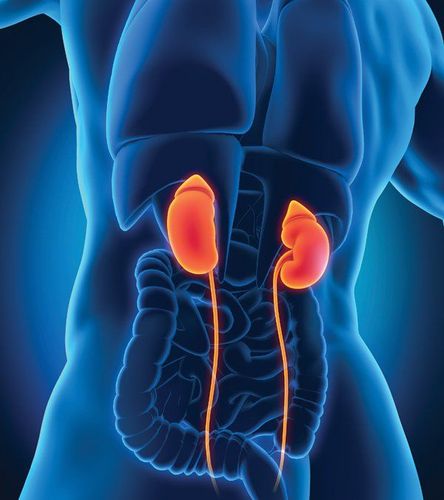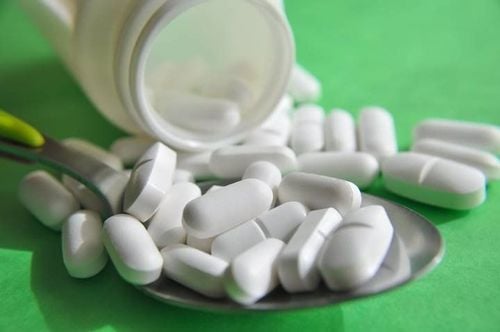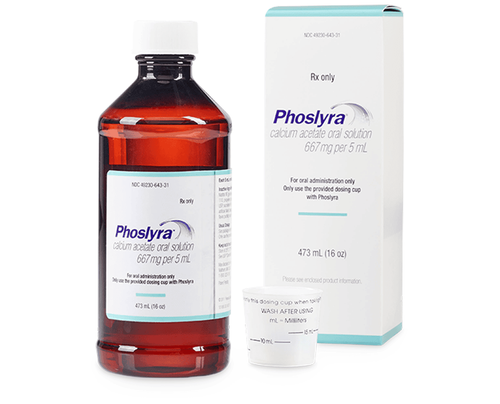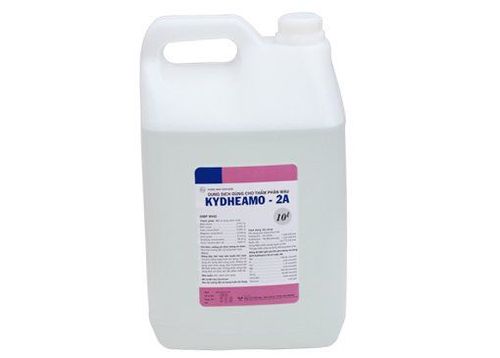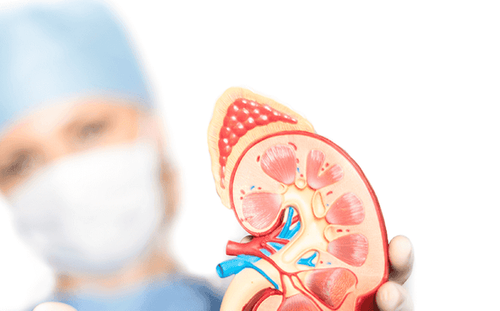This is an automatically translated article.
The article was professionally consulted by Specialist Doctor I Nguyen Hung - Endocrinologist - Department of Medical Examination & Internal Medicine - Vinmec Danang International HospitalPeritoneal dialysis is one of the three main methods of treating end-stage chronic renal failure today. Peritoneal dialysis has many advantages such as simplicity, ease of implementation, convenience for patients, low cost, guaranteed treatment efficiency.
1. Introduction to peritoneal dialysis
The number of patients with end-stage chronic kidney disease in our country is increasing. According to an estimate in 2015, the number of patients with end-stage chronic kidney disease nationwide was over 80,000. When suffering from end-stage chronic kidney disease, the patient's kidney function has almost completely lost, the patient must be treated with kidney replacement therapy to maintain life. The three current renal replacement therapies are kidney transplantation, hemodialysis, and peritoneal dialysis.
In which, the kidney transplant method is very difficult to perform because the donor kidney is rare and difficult to match, the kidney transplant cost is also quite high. Although effective hemodialysis method, but currently hemodialysis centers across the country are overloaded, unable to meet the increasing demand for dialysis. Peritoneal dialysis is a renal replacement therapy that deserves attention. Peritoneal dialysis can be performed at home, so it is very convenient for the patient, low cost but still ensures effective treatment.
Peritoneal dialysis is currently the main method of renal replacement therapy for patients with end-stage renal failure in many countries. In Vietnam, peritoneal dialysis was developed and widely used around 2004. Currently, there are more than 40 peritoneal dialysis centers across the country.
2. Mechanism of peritoneal dialysis method
The peritoneal dialysis method uses the patient's own peritoneum as a membrane to filter small molecules, which are waste products in the process of metabolism, endogenous or exogenous toxins, and excess water from the blood. Helps restore homeostasis.In this method, sterile dialysis fluid will be inserted into the peritoneal cavity, the peritoneal membrane is the filter and the blood cavity is the blood flowing in the blood vessels of the peritoneum. Urea, creatinine, low molecular weight molecules with high concentrations in the blood will diffuse across the peritoneum and through the filtrate cavity. Water also moves from the blood where the pressure is low across the peritoneum to the filtrate cavity where the osmotic pressure is high. The filtrate is stored in the abdominal cavity for a certain period of time for diffusion to occur, after which the filtrate is removed and replaced with new filtrate.
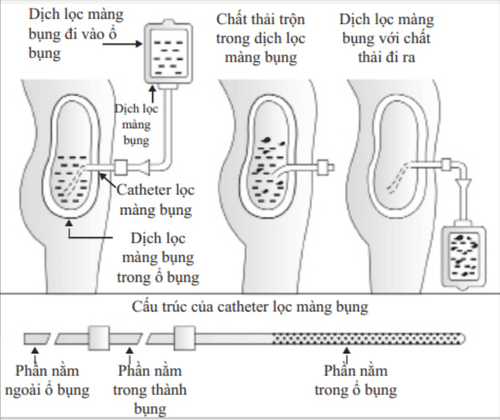
3. Methods of peritoneal dialysis
The two most commonly used peritoneal dialysis methods are continuous outpatient peritoneal dialysis (CAPD) and automated peritoneal dialysis (APD).3.1 Continuous outpatient peritoneal dialysis As a method of continuous peritoneal dialysis throughout the patient's life, dialysis fluid is always present in the patient's peritoneum. In a day, depending on the patient's condition, the epidemic will be changed from 3 to 5 times.
The advantage of this method is that it is simple, easy to perform, the patient can perform the replacement by hand, at home, while the fluid is in the peritoneal cavity, the patient can still live normally.
The disadvantage of this method is that the patient has to perform multiple fluid changes, usually 4 times per day, each time taking 30-40 minutes. The change of fluid must be done according to the correct technique, hygiene factors must be ensured to prevent the risk of infection.
The most common complication of continuous outpatient peritoneal dialysis is peritonitis , formerly peritonitis usually occurs every 12 months, but now with the improvement of transition devices and connecting devices, The incidence of peritonitis was significantly reduced.
3.2 Automatic Cyclic Peritoneal Dialysis (APD) Automated peritoneal dialysis (ADP) is generally divided into: continuous peritoneal peritoneal dialysis (CCPD) and intermittent night peritoneal dialysis (NIPD).
Continuous cycle peritoneal dialysis (CCPD): Every night, 3-10 times of peritoneal dialysis fluid will be automatically inserted into the body. A volume of peritoneal dialysis fluid is stored in the patient during the day and this volume is drained before the night cycle. Nocturnal intermittent peritoneal dialysis (NIPD): similar to CCPD, except that the patient does not have dialysis fluid in the abdominal cavity during the day. The number of nighttime fluid exchanges will be increased to compensate for the lack of daytime fluid.

4. Advantages and disadvantages of peritoneal dialysis
With peritoneal dialysis, the life of patients with end-stage renal failure is not associated with the hospital as much as with hemodialysis. Patients only need to go to the hospital once a month to receive filtrate, the operation is simple, easy to perform, not dependent on machines. Especially suitable for the elderly, children, people who are still going to school, work or in places where there is no hemodialysis machine. The cost of peritoneal dialysis is partly covered by insurance, so it is quite low, suitable for many patients.During peritoneal dialysis, solutes and water in the blood pass through the dialysis fluid cavity slowly, so there is no major change in hemodynamics, especially suitable for people with unstable hemodynamics determined. The patient has less iron deficiency, blood loss, and the patient's diet is not as restricted as when on hemodialysis. In particular, when peritoneal dialysis, blood is not led out of the body, so patients do not need to use anticoagulants, helping patients not experience side effects of drugs such as gastrointestinal bleeding, stroke, ..
The disadvantage of peritoneal dialysis is the risk of hyperglycemia due to the high glucose content of peritoneal dialysis. The action of the diaphragm is limited when fluid is stored in the peritoneal cavity. In addition, the patient will have a high risk of peritonitis, tube foot infection if hygiene is not ensured and the instructions are not followed.
Please dial HOTLINE for more information or register for an appointment HERE. Download MyVinmec app to make appointments faster and to manage your bookings easily.





